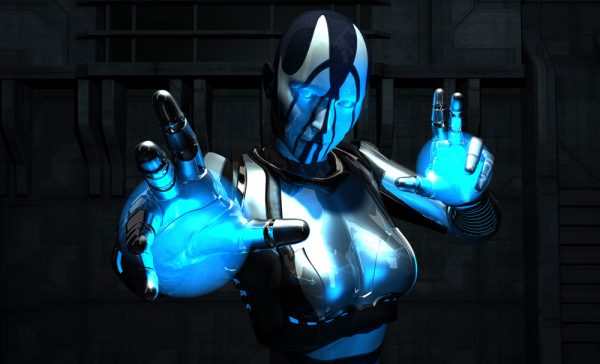Most games are almost all about the characters. While things like plot and landscape certainly play a role in the success of a game, characters are the foundation. All 3D characters start as an idea, then they’re transformed into 3D models. From there, you’ll add things like texture and materials to make them begin to look unique.
Finally, you’ll need a rigging system for controlling movements so animators are able to breathe life into these game characters. Games are more fun to play when the characters are interactive and animated. Here are the top 5 tips and tricks for building characters for your 3D game.
1. Know Your Program
No matter how good of a designer you are, you have restrictions. Maybe those restrictions are from your program or your own set of skills, but that’s why it’s essential for you to understand the ins and outs of your design software. What are the environment settings and how do they play into your design?
Take the time to get to know new features in your programs, and look for online resources when you find yourself stuck. There’s an endless list of resources, videos, and tutorials geared around helping you learn programs like Autodesk, Maya, and ZBrush. You might even move between programs to gain a closer perspective on your design goals. It’s also worth looking into novel ways of generating 3D data for your character design using your own camera. Click here for more details on transforming photos into 3D models.
2. Start Simple
There’s a lot of temptation to rush in with as many details as possible right at the start of a new project. Not only will this get overwhelming, but it will likely lead to mistakes. Like any form of art, you need to start simple and work your way up.
Game design rule-of-thumb is to start with cylinders or another basic primitive to block out your figures. This will help you understand their proportions so you can start to see the shape coming together. Having these early shapes is beneficial not just for your own design, but for future animators.
3. Don’t Add Unnecessary Detail
Like explained above, too much detail can actually be a bad thing. Artists thrive on detail, but too much is more of a wasted effort. The main thing to keep in mind is how your character will be used in the game. If you’re only going to catch glimpses of them from a distance, it doesn’t matter how detailed the fabric is. Always zoom as you work to see how your character will appear in the game.
4. Deformed Areas
Deformities happen in gaming, and they cause gamers to pause and feel disconnected. You can avoid these when designing your characters by making sure there is enough geometry in areas prone to deformation. It’s better to add more polygons than less, just in case. The most common areas for deformities are around joints like knees and elbows.
5. Clean Work
Your model isn’t the only work going into the development of this game, or even just the character. That’s why it’s essential to keep your scene clean and organized. Always use clear, correct names for models and delete anything that’s not necessary. Include any needed construction history so the next animator knows what he or she is getting themselves into.
As a game designer, you know what you want from your characters. These tips above will help you achieve the most out of your designs so you can create a game that lasts.


